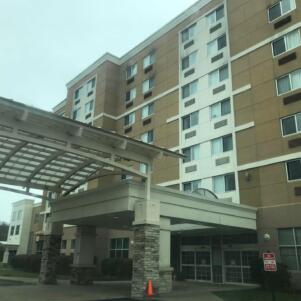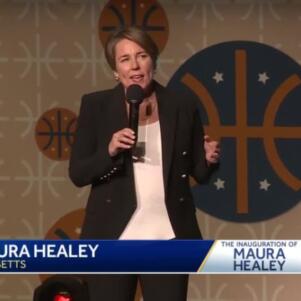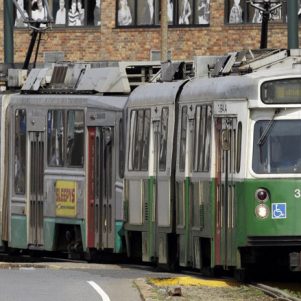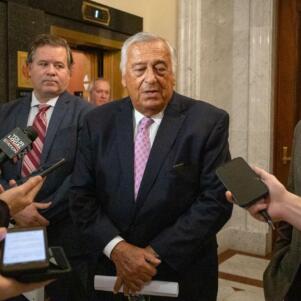Bay State growth gains as U.S. 1st-quarter rate sags
By State House News Service | April 28, 2016, 15:46 EDT
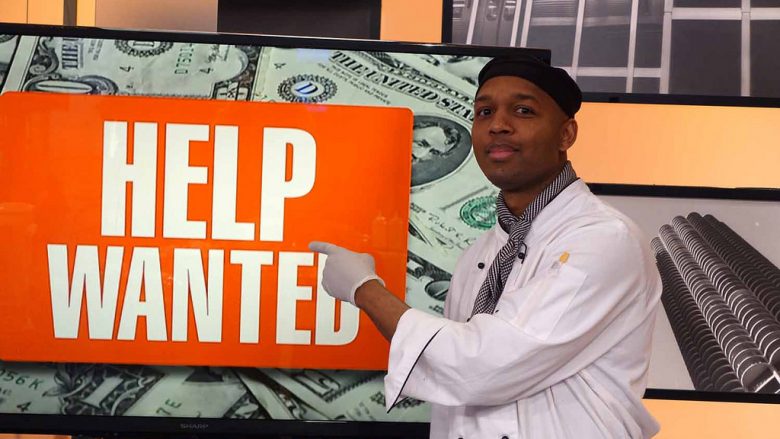 The jobless rate in Massachusetts fell below its pre-recession low in the first quarter of 2016, suggesting the labor market is tightening, according to MassBenchmarks data. (Photo courtesy of Flickr.com)
The jobless rate in Massachusetts fell below its pre-recession low in the first quarter of 2016, suggesting the labor market is tightening, according to MassBenchmarks data. (Photo courtesy of Flickr.com) BOSTON – Hours after the Massachusetts House of Representatives approved an annual budget bill calling for modest spending increases, federal officials reported Thursday that the U.S. economy nearly stalled last winter, declining from relatively modest growth rates over the past two years. By contrast, a local assessment showed that Bay State growth gained momentum over the past quarter.
The U.S. Commerce Department cautioned that its “advance” estimate that pegged first-quarter gross domestic product growth at 0.5 percent on an annual basis is subject to further refinement and revision, with the first expected on May 27. If it stands, today’s estimate would be the weakest growth in the economy in two years. GDP is the broadest measure of economic activity.
“The increase in real GDP in the first quarter reflected positive contributions from personal consumption expenditures, residential fixed investment, and state and local government spending that were partly offset by negative contributions from nonresidential fixed investment, private inventory investment, exports, and federal government spending,” the Commerce Department said.
Locally, MassBenchmarks, a quarterly economic journal published by the Donahue Institute at the University of Massachusetts and the Federal Reserve Bank of Boston, said real GDP in Massachusetts grew at an annualized rate of 2.3 percent in the three months from January through March, up from a revised fourth-quarter rate of 1.4 percent and stronger than last year’s first-quarter rate of 2 percent.
Gauges of employment and earnings showed “strong growth” in Massachusetts during the past quarter, MassBenchmarks said. The state’s jobless rate fell, payroll employment rose at a 2 percent annual rate, and wage and salary income climbed 5.6 percent after falling 7 percent in the final three months of 2015.
MassBenchmarks officials flagged a few concerns, including a tightening labor market, a 6.3 percent first-quarter decline in spending on items subject to the state sales tax, and weaker bonus payouts in February. Officials linked the latter to stock market performance and corporate profit data that may have dampened business confidence and investment.
The state unemployment rate fell to 4.4 percent in March, compared with the 5 percent U.S. rate and below the re-recession low of 4.6 percent in 2007, the report said.
Looking ahead, MassBenchmarks, citing its leading index, predicted a 3.1 percent growth rate for the state economy in the second quarter and a 2.5 percent rate in the third.
Gov. Charlie Baker, a Republican, and the Democrat-dominated Massachusetts House have recommended increasing state spending in fiscal 2017 by about 3.5 percent, a rate lower than the state’s expected increase in revenue. State officials next week plan to release April tax-collection data. Baker administration officials are counting on a revenue rebound to fill a lingering gap in the current year’s budget.
Unlike Baker and House leaders, state Senate leaders are poised to consider levying new or higher taxes. The Senate plans to release its fiscal 2017 spending proposal in May, although its revenue options are limited because the House bill doesn’t feature new taxes.
The House and Senate plan to meet in a Constitutional Convention next month where they will tackle a proposed surtax on incomes above $1 million, but the earliest it could take effect would not be until January 2019. State revenue officials estimate the proposed “millionaire’s tax” could generate $1.9 billion in new revenue. The proposal needs two affirmative votes in the Legislature in order to reach the statewide ballot for a potentially binding vote in 2018.
Written by Michael P. Norton

